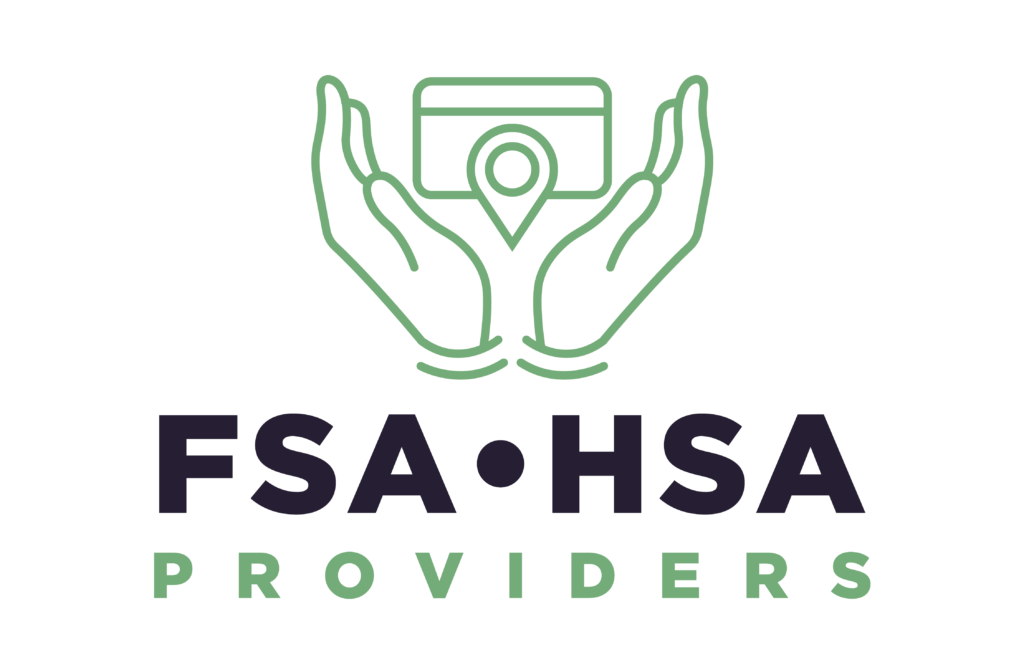An HSA is owned by you, the account holder – not by your employer.
You (and your employer or anyone else) can contribute money up to an annual limit set by the IRS.
In 2025 the HSA contribution limit is $4,300 for self-coverage, $8,550 for a family, with an additional $1,000 catch-up allowed if you’re 55 or older.
These limits typically increase a bit each year, adjusting for inflation. You can change your contribution amount at any time during the year. For instance, you can make adjustments to your payroll deductions, giving you flexibility to save more or less as needed.
Using HSA Funds #
Money in an HSA can be used to pay for a wide range of qualified medical expenses for you, your spouse, and dependents. Qualified expenses include things like doctor visits, hospital bills, certain wellness services, prescription drugs, dental and vision care, and many over-the-counter items.
HSA funds generally cannot be used to pay insurance premiums, except in special cases such as COBRA coverage or certain Medicare premiums.
Typically, you’re provided a debit card or online bill-pay from your HSA bank to pay providers directly, or you can pay out of pocket and then reimburse yourself from the HSA.
There’s no deadline for reimbursements – you could save your receipts and withdraw HSA funds years later for those expenses, if you choose, allowing the balance to grow in the meantime, which is an advantage of this type of account.
